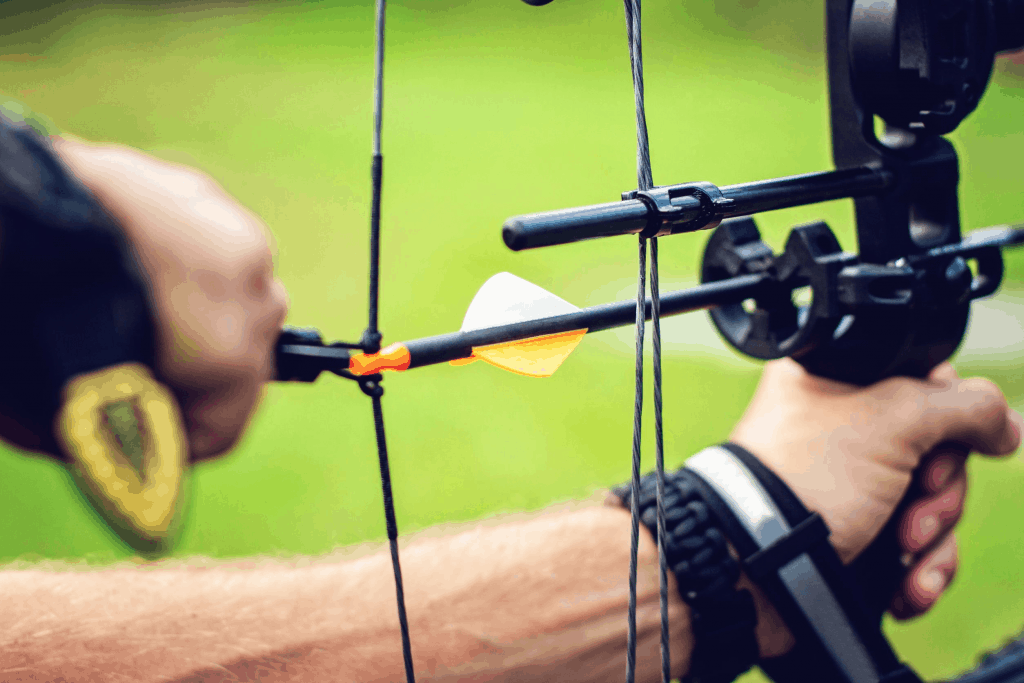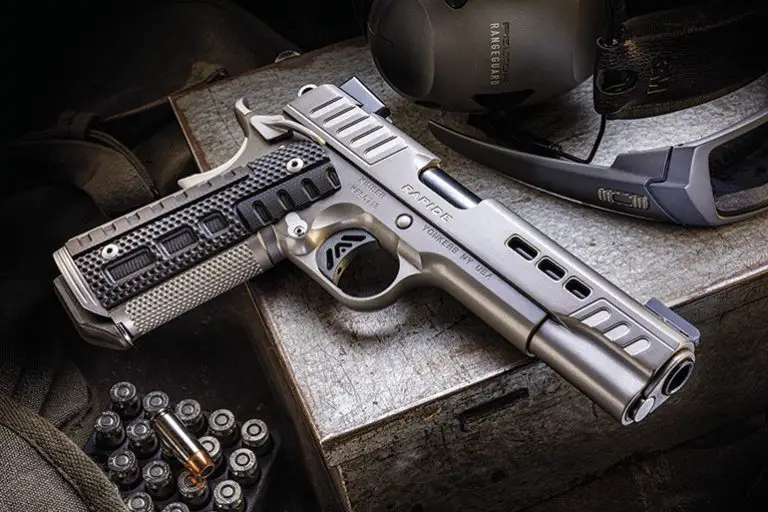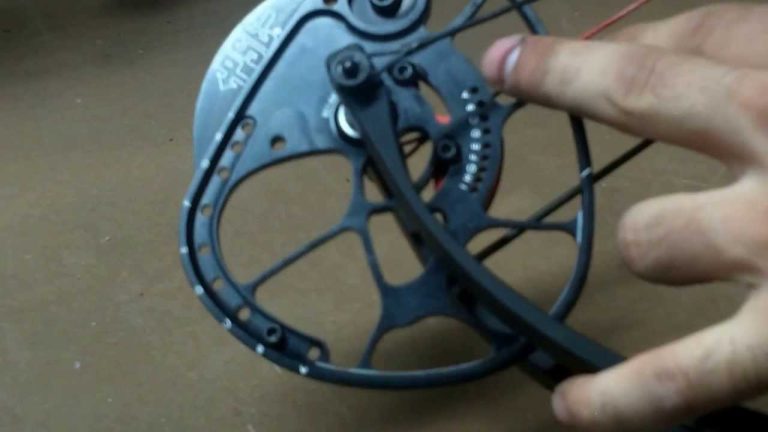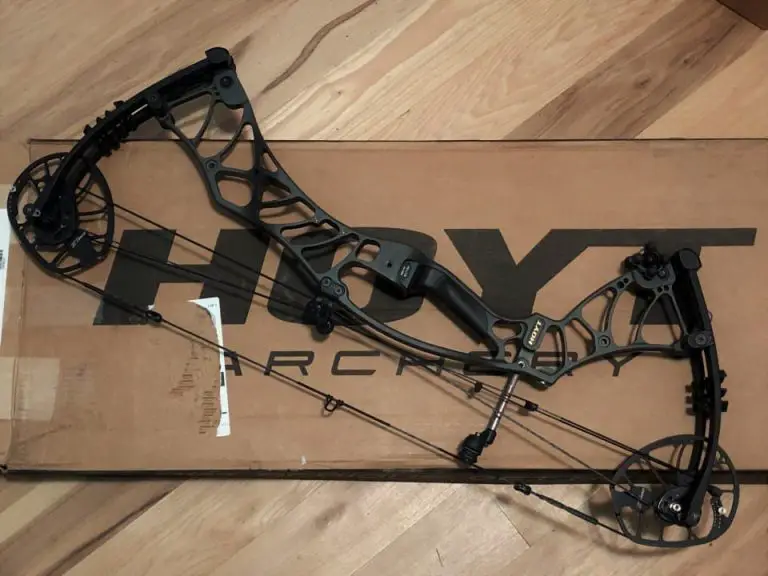This Is How One Should Release The Bowstring
Step into the intricate world of compound bows, where history collides with innovation. Discover the power, accuracy, and compact design that define these modern marvels of archery. Unleashing arrows with immense speed and precision, the compound bow has become the weapon of choice for many archers. Whether you’re a seasoned pro or a novice just starting out, understanding the mechanics of a compound bow and how to release the bowstring properly is essential for an unforgettable and thrilling archery experience. So, let’s delve into the world of the compound bow and uncover the secrets behind its success.

What is a Compound Bow?
A compound bow is characterized by a system of cables, pulleys, and cams that assist the archer in holding a high poundage at full draw. Unlike traditional bows, where the draw weight increases as you pull back, compound bows reach a peak weight and then “let-off” to a lower holding weight, allowing the archer to take more time when aiming.
Key Components:
Limbs
Unlike the straight limbs of a longbow or the curved limbs of a recurve, compound bow limbs are much stiffer, providing the power behind the arrow.
Cams
These are the oval-shaped devices that rotate as the bow is drawn. They dictate the draw cycle’s feel and the bow’s overall performance.
Cables & Strings
These are integral to the functioning of the cams, transferring energy to the limbs and arrow during a shot.
Riser
The central part of the bow, usually made of aluminum or carbon, to which limbs, sights, stabilizers, and other accessories are attached.
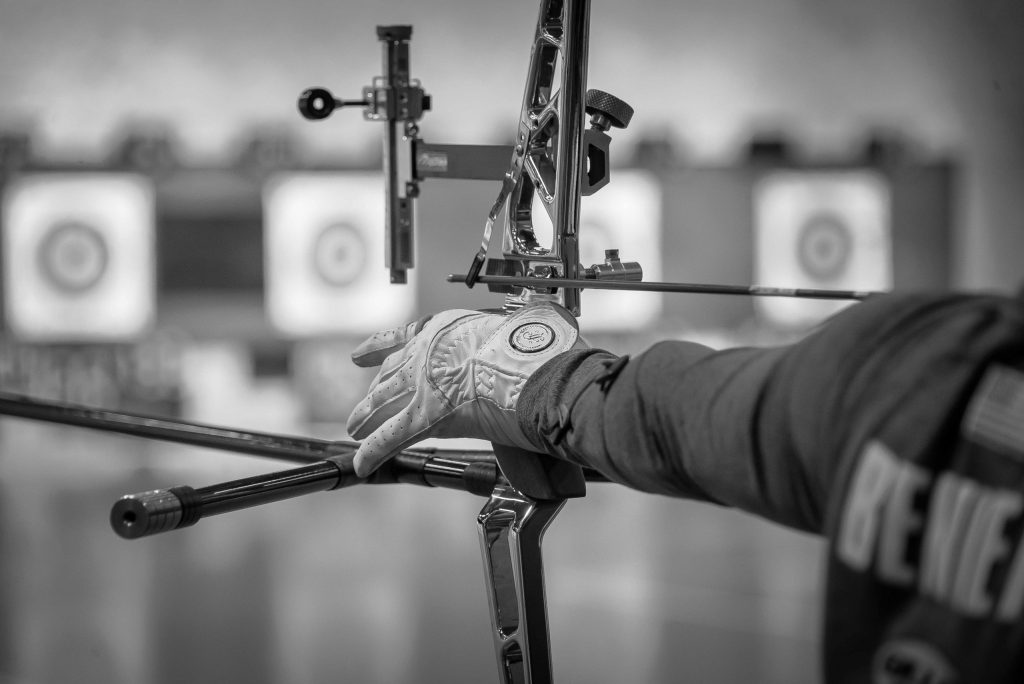
Advantages of Compound Bows:
Power & Speed
Compound bows can generate immense power, propelling arrows at tremendous speeds. The combination of the cams and the let-off allows for a high poundage at full draw, resulting in greater kinetic energy when the arrow is released.
Accuracy
The mechanical advantage and the ability to hold the bow at full draw for longer periods allow for better aiming. With a compound bow, you can take your time to aim with precision, increasing the likelihood of hitting your target consistently.
Compact Design
The shorter limb design of compound bows makes them more manageable in tight spaces, like hunting blinds. This compactness allows for greater maneuverability without sacrificing power or accuracy.
Adjustability
Many compound bows allow for adjustments in draw length and draw weight. This adjustability is beneficial for archers who are still growing or for those who want to fine-tune their setup to maximize their performance. Being able to customize a bow to fit your specific needs and preferences is a significant advantage.
Choosing the Right Compound Bow:
Purpose
Before choosing a compound bow, consider your intended use. Are you targeting big game, participating in target archery, or maybe bowfishing? Different purposes require different features and specifications, so knowing your goals will help you narrow down your options.
Draw Length
Ensuring the bow fits your personal draw length is crucial. Draw length refers to how far back an archer can comfortably and consistently pull the bowstring. Using a bow with an incorrect draw length can affect accuracy and potentially cause discomfort or injury.
Draw Weight
Start with a draw weight you can pull back comfortably and consistently. The draw weight refers to the force required to pull the bowstring to full draw. It is important to choose a weight that matches your physical abilities and shooting goals. Starting too heavy can lead to bad habits or muscle strain, while starting too light may limit your effectiveness in certain situations.
Let-off
Let-off is the percentage of weight reduced when the bow is at full draw. A higher let-off allows you to hold the bow drawn for longer with less effort. This can be especially advantageous when waiting for the perfect shot opportunity during hunting or target archery. Choose a let-off percentage that suits your shooting style and preferences.
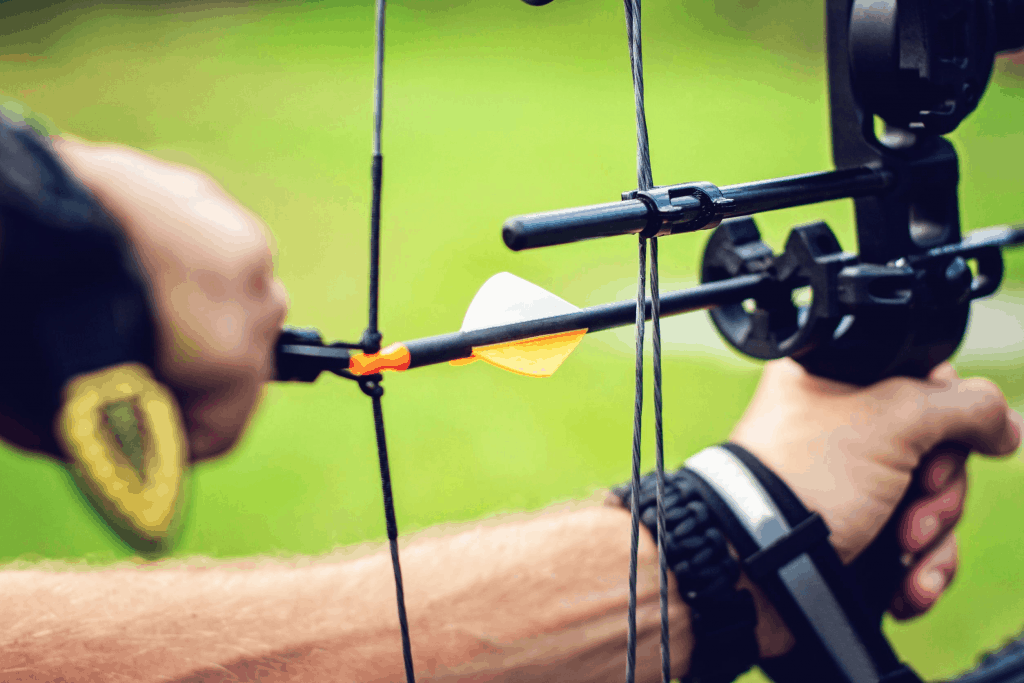
Maintenance & Care:
Compound bows, with their intricate design, require regular maintenance to ensure optimal performance and safety. Regularly inspect the strings, cables, and cams for any signs of wear or damage. Replace any damaged components promptly to avoid potential failures. Lubricate moving parts as needed to ensure smooth operation. It is also recommended to have your bow professionally tuned at least once a year to address any issues and ensure everything is in proper working order.
A Word on Safety:
The power of a compound bow should never be underestimated. Always use arrows recommended for your specific bow’s draw weight to prevent accidents and equipment damage. Be sure to practice in a safe and suitable shooting environment, ensuring your shooting lane is clear of any obstacles or hazards. Additionally, always be aware of what lies beyond your target, as arrows can travel a considerable distance. Safety should always be a top priority when handling and using a compound bow.
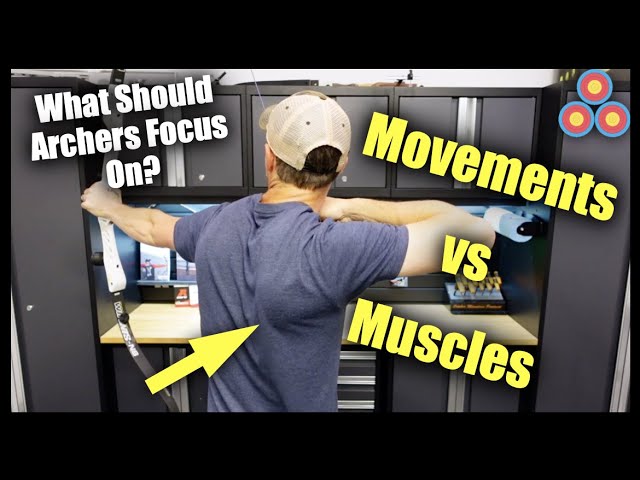
Conclusion:
The compound bow, since its invention in the 1960s, has revolutionized the archery world. It combines age-old principles with modern technology, offering archers a unique and thrilling experience. With their power, speed, accuracy, compact design, and adjustability, compound bows have become the preferred choice for many archers. Whether you’re a seasoned archer or just beginning your journey, the compound bow provides a versatile and effective tool for various archery pursuits. Embrace the innovation and tradition of archery with the compound bow, and enjoy the rewarding experience it offers.

